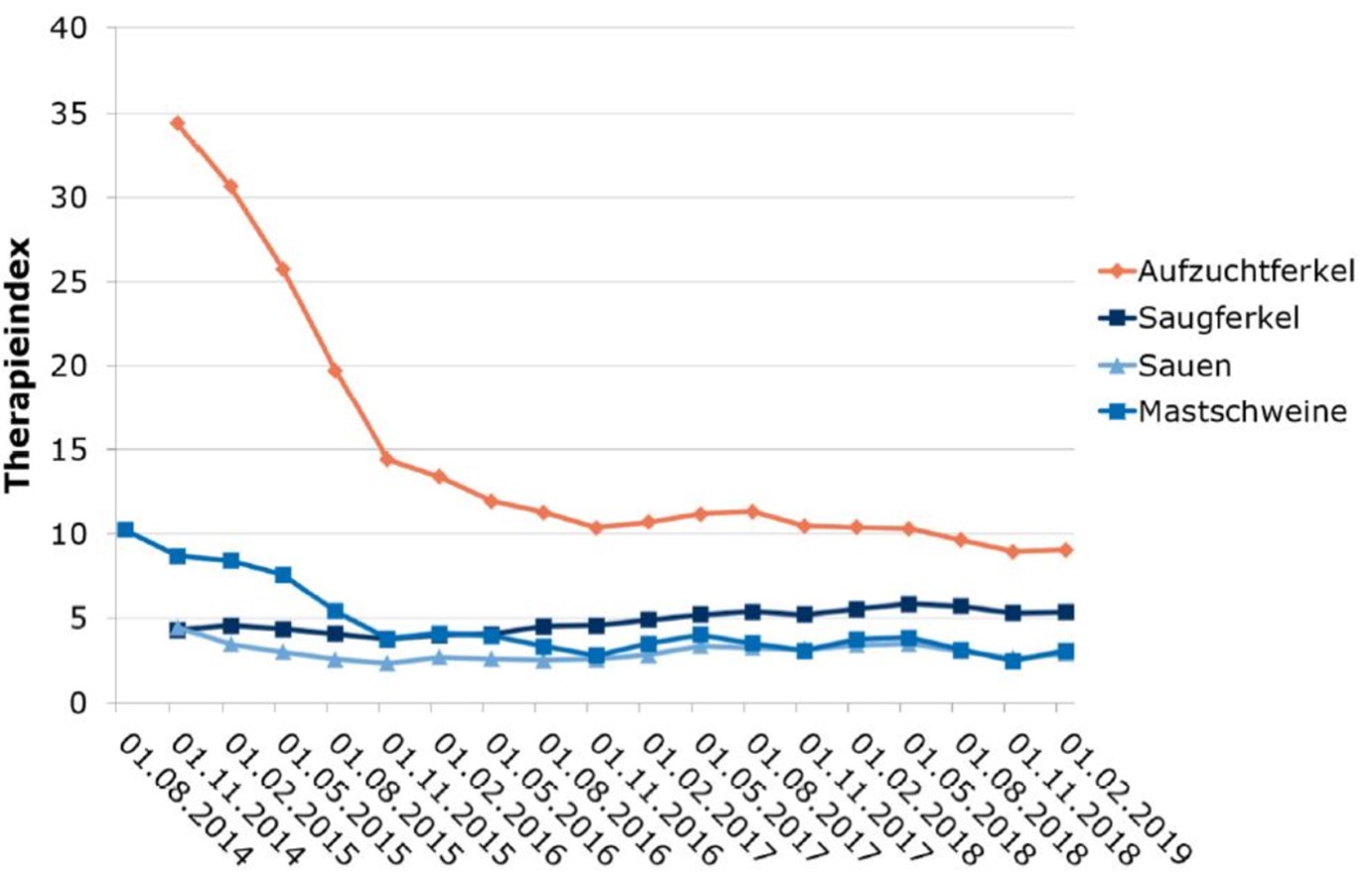



Success story: use of antibiotics in German pig herd continues to decline
Latest figures indicate that the use of antibiotics in pig farming has reduced by 41.9 percent in the past four years.Reduction measures taken by livestock farmers and veterinarians
Yesterday, QS Qualitäts und Sicherheit GmbH presented the second status report on antibiotic use in livestock farming for the years 2014 to 2018. The figures show a reduction in the amount of antibiotics used across all species by a total of 253.2 tonnes, which corresponds to a decrease of 35.7 percent.
According to QS, the volume of reserve antibiotics used - those used only for highly resistant bacteria - has also been reduced by 46.7 percent. It is believed this decrease is due to the measures taken by animal owners, producers and veterinarians to mitigate antibiotic resistance.
Reduction of antibiotic use in pig farming
As can be seen from the status report, the volume of antibiotics used by the pig-holding QS farms has also reduced by 41.9%. According to the Bonn-based company, this result is particularly pleasing and shows that the reduction in fattening and piglet rearing is not at the expense of sows and suckling piglets.
Transparency and possibility of comparison have a positive effect
QS antibiotics monitoring was introduced in 2012 through the initiative of the business community. It covers more than 95% of pork and poultry meat production in Germany. The detection and evaluation thus affecting the industry makes the use of antibiotics in agricultural animal husbandry transparent and assessable.
ISN responded to the latest figures with the following statement:
The reduction of antibiotic consumption in animal husbandry, and especially in pig farming, is a success story. Pig farmers and veterinarians have done a great job together here. It is already time that this is finally praised by the public. The data transmission of the actual use of antibiotics in livestock husbandry by veterinarians and animal keepers established by the QS system provides a reliable and transparent data basis. And it clearly shows that the use of antibiotics has been continuously reduced since the introduction of detection. The responsible treatment of animal owners and veterinarians with antibiotics is also made clear by the fact that the use of reserve antibiotics has also been reduced in particular. It is also the responsibility of animal owners and veterinarians that sick animals - as far as necessary - must be treated for animal welfare reasons. Therefore, it must be clear to everyone that the potential for further reductions is now lower compared to previous years.

Aufzuchtferkel = weaners; saugferkel = piglets; sauen = sows; mastschweine = fatteners. © Image credit






